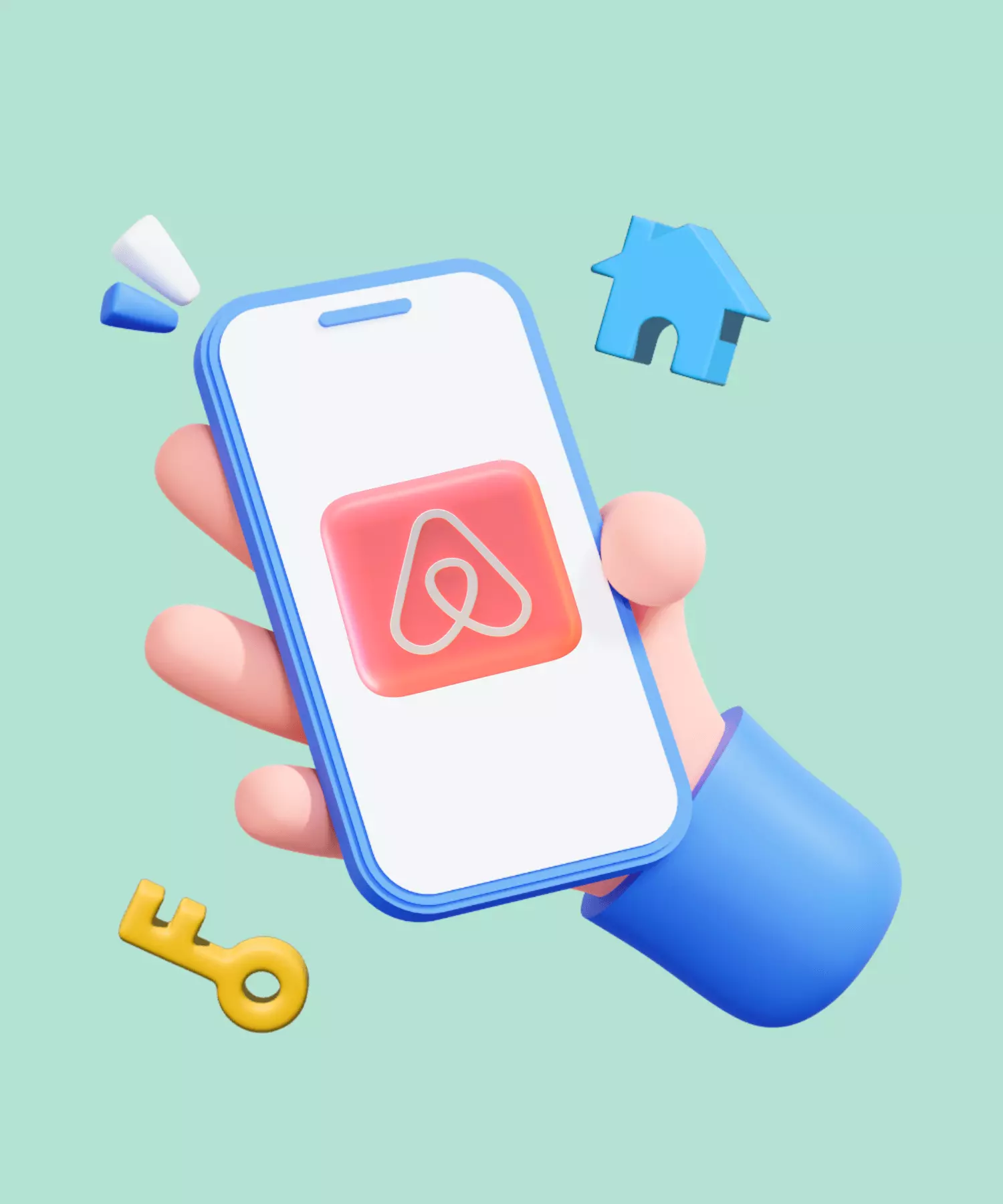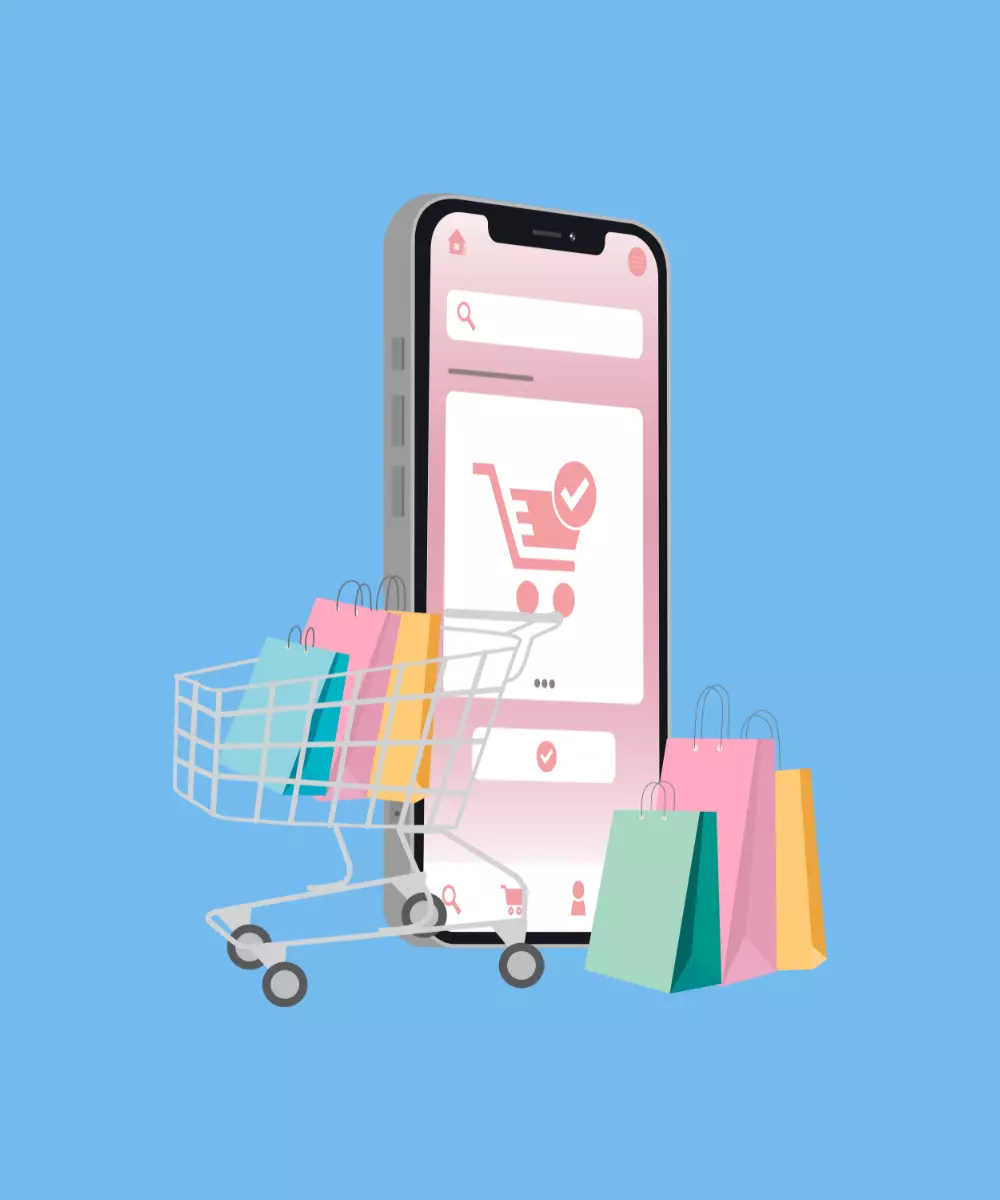Lean Product Development (LPD), rooted in the principles of Lean Manufacturing, emerges as a pivotal methodology in the world of product creation, aiming to optimize resources, enhance value, and eliminate unnecessary tasks and processes. It’s a strategy initially conceptualized by Toyota to minimize waste without compromising on productivity, focusing primarily on delivering more value to customers with fewer resources.
In the saturated and competitive environment of app development, adopting LPD is crucial. It allows app developers to streamline developmental stages, ensuring each step is value-driven and contributes positively to the final product. This lean approach is essential for meeting high user expectations and developing standout apps in a market flooded with diverse solutions. It facilitates the creation of user-centric apps by enabling developers to stay adaptable, prioritize value, and closely align with user needs.
This piece aims to serve both seasoned and novice developers, offering insights and practical knowledge to leverage LPD for optimal results in mobile app projects, innovating efficiently, and crafting products that resonate profoundly with users.
5 Core Principles of Lean Product Development
Lean Product Development (LPD) is an evolution of lean thinking, and it primarily revolves around five foundational principles. These principles aid organizations in navigating the product development maze, focusing on customer value, efficient resource utilization, and continuous improvement. By embracing these core principles, development agencies can fine-tune their approaches to ensure that they are creating meaningful, high-quality products.
1. Define value from the customer’s perspective
In the realm of Lean Product Development, value is a multi-faceted concept primarily determined by the customer's viewpoint. The customer is the ultimate user of the product, and their needs, preferences, and expectations shape the definition of value.
- Importance: It ensures that the product is inherently user-centric, focusing on features and functionalities that are truly valuable to the user, thereby optimizing resource allocation and enhancing user satisfaction.
- How to apply in app development: Conduct detailed market research, user interviews, and surveys to gain insights into user needs and preferences, ensuring the development of features that resonate with users and meet market demands, ultimately contributing to the application’s success.
2. Identify the value stream and eliminate waste
After value is defined, identifying the value stream is crucial. The value stream represents every step, process, and task involved in transforming an idea into a tangible product.
- Importance: Streamlining each step in the value stream helps in identifying and eliminating non-value-adding activities, reducing development time and costs and ensuring optimal resource utilization.
- How to apply in app development: Employ Value Stream Mapping (VSM) to visualize and optimize the development process, identify bottlenecks, and eliminate inefficiencies, resulting in streamlined workflows and improved productivity.
3. Make value flow at the pull of the customer
This principle is centered around creating products that are genuinely needed and desired by the customers rather than overproducing based on speculative forecasts.
- Importance: A pull-based approach guarantees that resource allocation and development efforts are aligned with actual market demand, allowing for quick adaptations to user needs and market changes.
- How to apply in app development: Embrace agile methodologies and maintain a prioritized backlog based on user feedback and market analysis, ensuring the development and release of features that users genuinely desire.
4. Involve and empower the whole team

Promoting collaboration and empowerment within the development team is crucial for leveraging diverse skills and innovative solutions, fostering a sense of ownership and commitment among team members.
- Importance: Fostering an environment of collaboration and empowerment facilitates innovative thinking and the development of robust and user-centric applications, leveraging the diverse skills and perspectives of each team member.
- How to apply in app development: Foster an inclusive, open, and collaborative working environment and leverage the unique skills and perspectives of each team member to innovate and continually improve the development process.
5. Continuously improve and optimize the process
The pursuit of excellence in Lean Product Development is continuous. It mandates regular reflections, assessments, and refinements in both the product and the development process.
- Importance: Regular refinement and optimization ensure that the application stays competitive, meets evolving user needs, and continuously delivers value.
- How to apply in app development: Implement iterative development cycles, conduct regular retrospectives, and act on user feedback and performance data to optimize the product and the development process continually.
Step-by-Step Guide to Implement Lean Product Development
The realization of Lean Product Development (LPD) in any project necessitates a structured and meticulous approach. The implementation of LPD can be divided into distinct steps, each building upon the preceding one, and all synergistically working towards creating products that are high in value and quality.
Implementing Lean Product Development (LPD) principles in app development requires more than theoretical understanding. It demands practical steps and strategic approaches that can translate these principles into tangible outcomes throughout the development lifecycle. Here’s how developers can operationalize the core principles of LPD, illustrated with best practices and real-world application examples:
1. Operationalizing value definition
Practical steps:
- Conduct comprehensive market research and user analysis to identify and understand the target audience’s needs, preferences, and pain points.
- Develop user personas and user journey maps to visualize and understand the user experience and expectations better.
Strategies and best practices:
- Employ user-centered design principles to focus on creating features and functionalities that provide real value to the users.
- Regularly gather and analyze user feedback and adjust the development goals and priorities accordingly.
Real-world application example:
- Many successful apps, such as Airbnb, utilize extensive user research and feedback analysis to continually refine their features and user experience to meet and exceed user expectations.

2. Optimizing the value stream
Practical steps:
- Use Value Stream Mapping (VSM) tools to visualize the entire development process, identify bottlenecks, and inefficiencies.
- Implement agile methodologies to streamline workflows, improve flexibility, and reduce time-to-market.
Strategies and best practices:
- Regularly review and optimize the development process to eliminate non-value-adding activities and reduce waste.
- Foster a culture of continuous improvement within the development team to encourage ongoing process optimization.
Real-world application example:
- Apps like Spotify employ agile methodologies and continuous improvement practices to optimize their development processes and rapidly adapt to changing market demands.

3. Creating value flow at customer pull
Practical steps:
- Develop a prioritized product backlog based on user feedback and market demands.
- Implement iterative development cycles to allow for frequent releases and adaptations based on user needs.
Strategies and best practices:
- Employ Just-In-Time (JIT) production to develop features when there is actual demand, reducing overproduction and stockpiling.
- Use analytics and user feedback to identify and prioritize the most demanded features and improvements.
Real-world application example:
- Apps like Uber continually adapt and release new features and improvements based on user feedback and market analysis, ensuring they meet their users’ needs and stay competitive in the market.

4. Empowering teams through involvement
Practical steps:
- Establish open and inclusive communication channels within the development team to foster collaboration and innovation.
- Encourage team members to take ownership of their work and contribute their unique skills and perspectives to the development process.
Strategies and best practices:
- Implement decentralized decision-making to empower team members and encourage innovative thinking.
- Foster a supportive and inclusive team culture to leverage diverse skills and perspectives.
Real-world application example:
- Companies like Google promote a culture of innovation and collaboration, allowing their development teams to contribute to the development of groundbreaking apps like Google Maps.
5. Seeking continuous improvement and optimization
Practical steps:
- Regularly conduct retrospectives to identify areas for improvement and optimize the development process.
- Continuously gather and analyze performance data and user feedback to refine the product and address user needs and expectations.
Strategies and best practices:
- Develop a structured approach to collect, analyze, and act on user feedback and performance metrics.
- Encourage a mindset of continuous learning and improvement within the development team.
Real-world application example:
- Amazon continually refines its app based on user feedback and performance data, optimizing user experience and ensuring the app’s success in the competitive e-commerce market.

Pros and Cons of Lean Product Development
Lean Product Development (LPD) is lauded for its focus on customer value, elimination of waste, and continuous improvement, and it offers several advantages to organizations that adopt it. However, it also comes with its set of challenges and potential downsides. It is crucial to weigh the pros and cons before adopting LPD to understand if it aligns with the organization’s goals, culture, and project requirements.
| Aspect | Pros | Cons |
|---|---|---|
| Efficiency and Resources | Reduces waste and saves resources, allowing for a more cost-effective development cycle. | Implementation can be resource-intensive initially due to extensive training and potential restructuring of processes. |
| Implementation | Scalable and modular approach promotes sustainable growth. | Presents challenges due to required shift in mindset and work culture, which might face resistance. |
| Customer Satisfaction | Ensures development of products that truly resonate with the users, enhancing customer satisfaction and loyalty. | High emphasis on customer value can sometimes necessitate compromises on the original product vision. |
| Flexibility and Adaptability | Enhanced flexibility allows for frequent adjustments based on feedback and changing requirements. | Flexibility, if not managed properly, might lead to constant changes and refinements, resulting in scope creep and potential delays. |
| Team Collaboration | Improves team collaboration and fosters a sense of ownership and contribution. | Securing consistent and constructive customer engagement can be challenging, especially in certain environments. |
| Innovation and Vision | Optimized workflows lead to innovative solutions and products that remain competitive in the market. | Risk of overemphasizing efficiency at the expense of innovation and creativity. |
| Market Responsiveness | Faster identification and elimination of inefficiencies enable quicker time-to-market. | Might be less effective in highly uncertain and volatile environments where adaptability and exploration are more critical. |
Conclusion
LPD isn’t just a methodology; it’s a philosophy that makes developers more market-responsive and aids in creating products that truly align with user needs. It promotes a collaborative, empowering, and continuous learning culture within development teams. By embracing LPD principles, developers can effectively overcome app development challenges, minimize risks, and enhance the probability of project success.
If you are embarking on an app development project and are intrigued by the potential benefits of Lean Product Development, we at What the Flutter are here to guide you through every step of the way. With our extensive experience in implementing LPD principles in app development, we can help you optimize your development processes, reduce waste, and create products that truly meet your users’ needs and expectations. Reach out to us today to discuss your project requirements and discover how we can help you build the next big thing in the app world.













